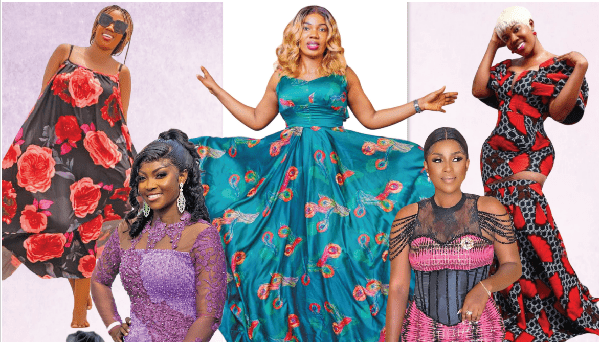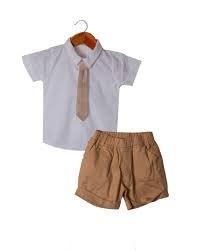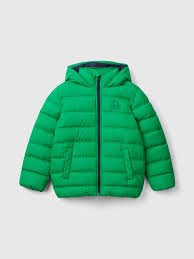Fashion
Ahemaklodin, making fashion statements with African prints

Amidst the evolving trend of fashion from the 90s baby tees, slip dresses, high-wasted miniskirts with colourful coats, baggy jeans and capri pants, fashion brands have constantly employed some level of creativity to standout.
Ahemaklodin, a fast-rising Ghanaian fashion brand, has maintained a dominant use of African fabrics to create outstanding outfits for every occasion.



The solely ladies wear fashion house, in a bid to celebrate Ghanaian and African culture, has committed to providing kids, adults, professionals with suitable wears.



From humble beginnings, the brand is gradually carving a niche as the-go-to brand for occasions where tradition meets heritage.



By Michael D. Abayateye
Fashion
Kente styles on display

Colourful kente designs were on display at the investiture of President John Dramani Mahama and Prof. Naana Jane Opoku- Agyemang.
While many attendees looked spectacular, others looked exceptional in how they rock the kente.
It projected the pride and superiority of the local texture to the international community as guest dressed resplendently in various designs.
Here are some of the impressive designs on display.











By Linda Abrefi Wadie
Fashion
‘Must have’ in children’s closet

It is essential to create a well-rounded closet for children to promote comfort, self-expression, and confidence.
The first thing every child must have in their closet are quality shoes to provide comfort and durability for daily activities.
Timeless classics, such as versatile clothing pieces, allow for mix-and-match flexibility. Layering essentials like lightweight jackets, sweaters, and hoodies help children adapt to changing weather conditions.
Dressy outfits for special occasions must not be left out in children’s closet. These outfits boost confidence of children.
Cozy sleepwear must be provided to ensure restful sleep. A functional closet helps children develop a sense of style and self-expression.
Parents can create a well-rounded closet by investing in quality over quantity, considering sustainable options, and encouraging children’s input in clothing choices.
Teaching clothing care and maintenance skills promotes responsibility.





By Elizabeth Agyeibea Ackon







